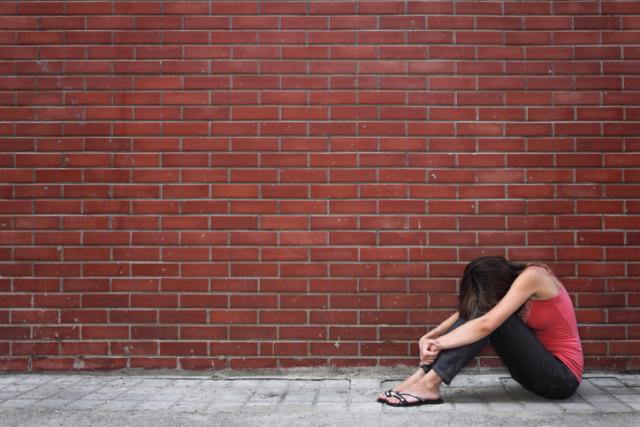Abuse and neglect can have long-lasting and persistent negative effects on the child. In general, these may include:
-
Health and physical effects:
- Bruises, burns, cuts, broken bones
- Longer-term effects of brain damage and permanent disabilities
- Impaired physical development
- Sexually Transmitted diseases (sexual abuse
specifically)

-
Effects on intellectual and mental development:
- Lower academic achievement and poorer school performance
-
Emotional, psychological, and behavioral consequences:
- Low self-esteem, depression, anxiety, post-traumatic stress and post-traumatic stress disorder (PTSD), impaired attachment, eating disorders, mistrust of others, poor peer relationships, difficulty regulating emotions, self-harming behavior, including cutting and suicide attempts, suicide
- An increased risk of violent behavior, juvenile delinquency, involvement in crime in adulthood, and substance abuse.
- Training effects, such as changes in motivation and reduced enjoyment (possibly leading to burnout and quitting sports), impaired focus, and difficulties with gaining new skills.
- Performance effects, such as diminished performance.
Charlotte Wilinsky is a former MomsTEAM intern and a graduate student in the community social psychology doctoral program at the University of Massachusetts - Lowell. Her research interests include child maltreatment, including abuse and neglect, and psychology and law. Charlotte earned her B.A. with honors in psychology from Amherst College, where she was a member of the women's tennis team.








